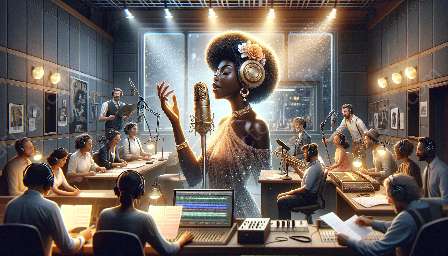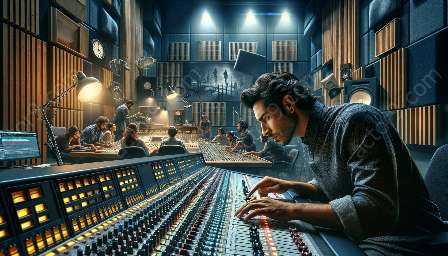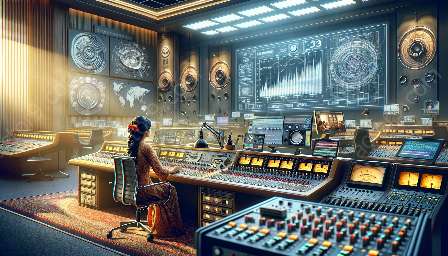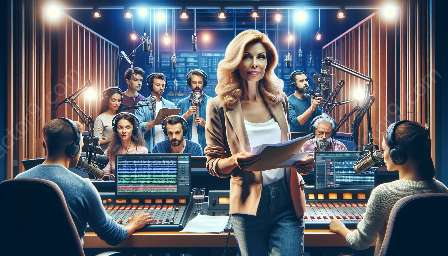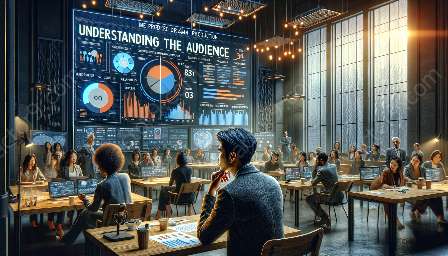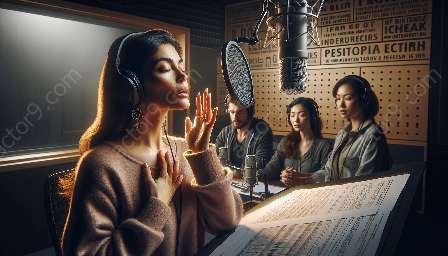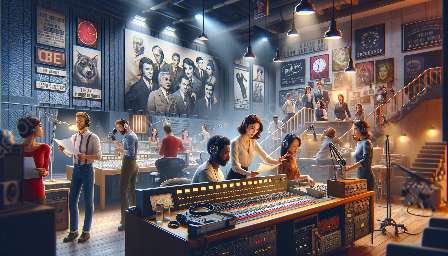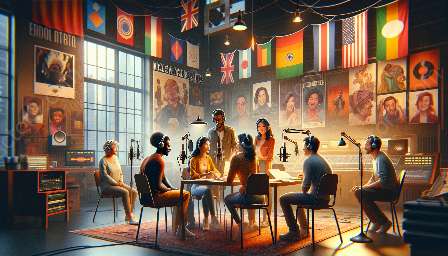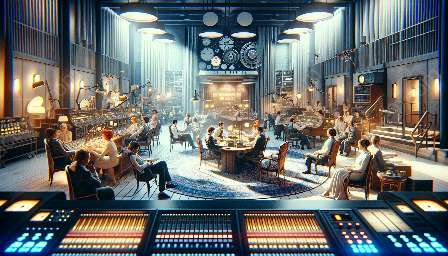Radio drama production encompasses a wide range of formats and structures that cater to the audience's experience. Understanding the intricacies of these formats is essential for crafting compelling and captivating radio dramas. In this topic cluster, we'll delve into the various formats and structures used in radio drama production, and explore how they interact with audience understanding and overall production.
Understanding Audience in Radio Drama Production
Before delving into the different formats and structures, it's crucial to comprehend the role of the audience in radio drama production. Audience understanding forms the foundation for creating content that resonates with listeners. Factors such as listeners' demographics, preferences, and emotional engagement play a pivotal role in shaping the production process.
Radiant Drama Production
When it comes to radio drama production, the narrative and storytelling largely determine the success of a production. The structure of a radiodrama typically includes elements such as plot development, characters, and dialogue. Understanding audience preferences and psychological triggers is vital for creating immersive and engaging narratives that resonate with the listeners.
Formats in Radio Drama Production
Monologue and Dialogue
One of the fundamental formats in radio drama production includes monologue and dialogue. These formats rely on the spoken word to convey emotions, conflicts, and resolutions. Understanding the rhythmic patterns and emotional nuances of language is crucial for creating impactful monologues and dialogues that captivate the audience.
Soundscapes and Ambience
Soundscapes and ambience form an integral part of radio drama production. By using various sound elements such as music, Foley effects, and background noises, producers can transport the audience into the world of the narrative. Understanding the balance between soundscapes and dialogue is essential in creating a rich and immersive auditory experience for the listeners.
Experimental Structures
Radio drama production also explores experimental structures such as nonlinear narratives, time jumps, and unreliable narrators. Understanding the audience's cognitive processes and willingness to engage with non-traditional storytelling formats is essential for successfully implementing experimental structures.
Interaction with Audience Understanding
Emotional Resonance
The formats and structures used in radio drama production directly influence the emotional resonance with the audience. Understanding the psychological impact of storytelling elements and soundscapes allows producers to create narratives that evoke a strong emotional response from the listeners.
Engagement and Immersion
Formats and structures contribute to the overall engagement and immersion of the audience in radio drama production. By aligning the storytelling techniques with the audience's expectations and cognitive processes, producers can create a seamless and captivating experience for the listeners.
Desire for Connection
Radio drama production aims to fulfill the audience's desire for connection and relatability. Understanding the diverse audience segments and tailoring the formats and structures to resonate with their experiences and emotions is essential for fostering a deep connection through radio dramas.
Conclusion
Radio drama production is an intricate art that relies on diverse formats and structures to captivate and engage the audience. By understanding the interplay between these elements and audience understanding, producers can create compelling narratives that resonate deeply with the listeners, leaving a lasting impact in the realm of radio drama production.

